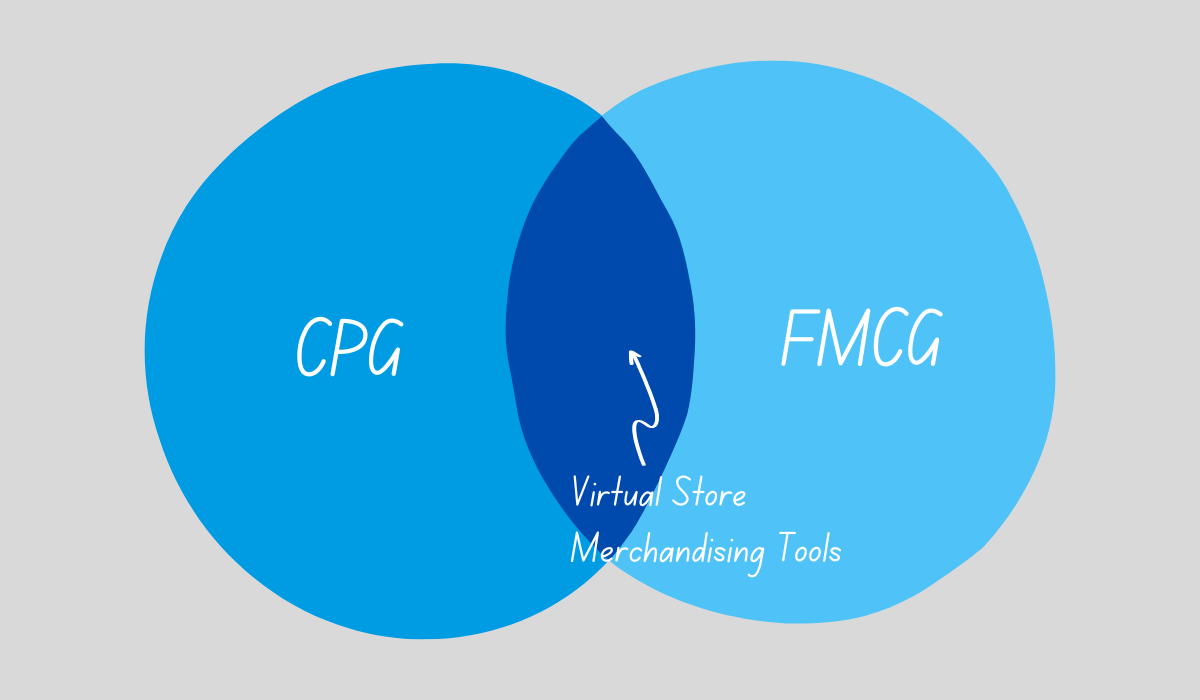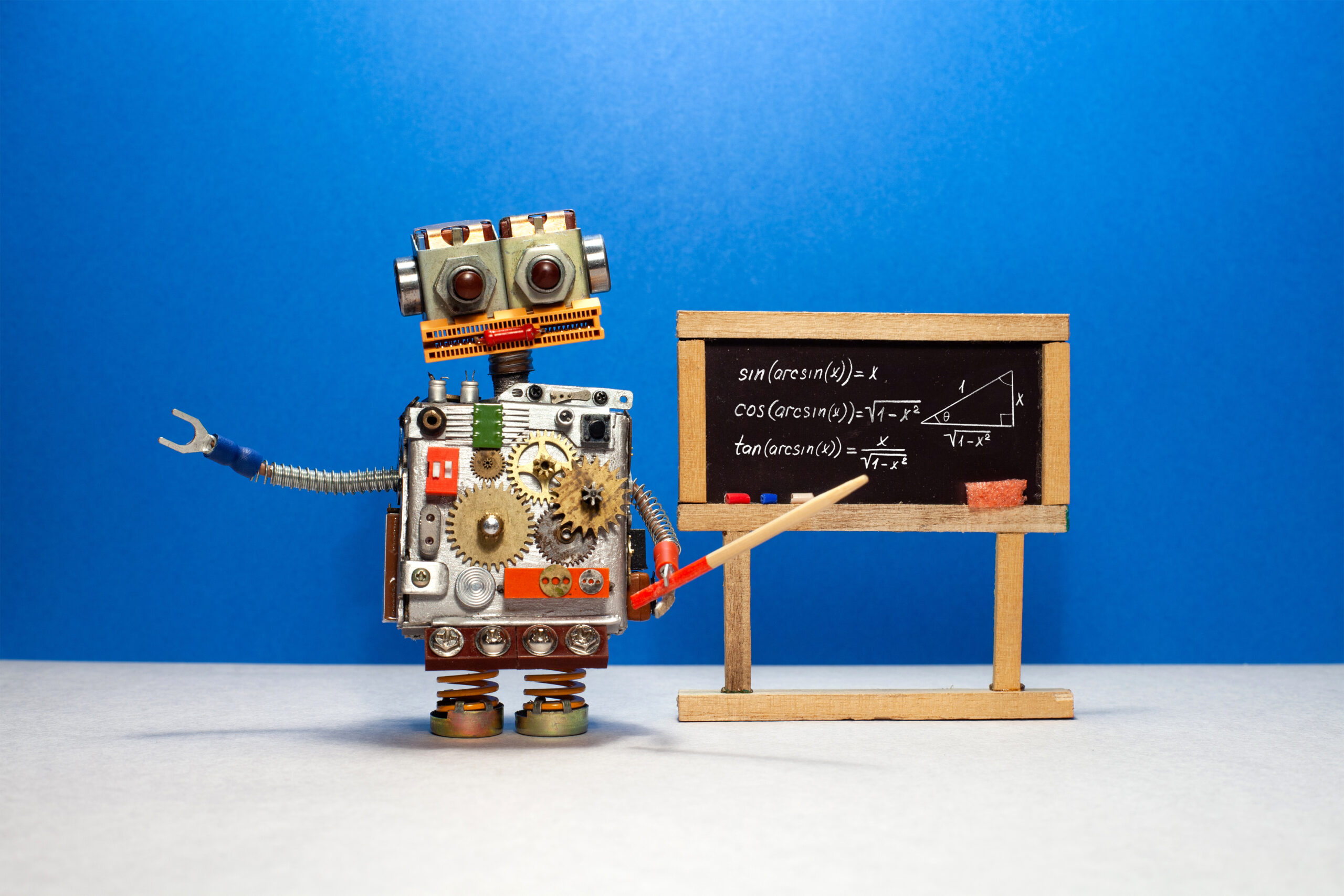Consumer behavior models can help you understand how, when, and why your customers purchase. Models can be applied to your marketing strategies and used to accurately predict who will purchase your product, as well as target the right customers at the right times.
As a virtual testing platform for retail merchandising, we have seen data from over 3 million virtual shopping experiences. We know the value of understanding consumer behavior and the necessity of obtaining the data to back it up. This post will discuss the top consumer behavior models and how data is imperative to your success with any model.
There are lots of different models
In an effort to develop better frameworks for understanding consumer behavior, economists, marketers, and product owners have produced a variety of models as a result of extensive consumer research. They all tackle the same issue, but with different approaches. As a result, brands and retailers today have many different models of consumer behavior to choose from.
Traditional Models
Economists developed traditional consumer behavior models in order to gain a deeper understanding of the wants and needs that motivate consumers.
Learning Model
This model is based on the theory that two different types of needs drive consumers to make buying decisions. The first is basic survival needs, like food, water, warmth, rest, and safety. The second is learned needs that people realize they need through their lived experiences, such as the need for belonging and relationships, accomplishment, fulfillment, and self-actualization.
If this concept sounds familiar, it’s because the Learning model is based on Abraham Maslow’s Hierarchy of Needs. The model says that buyers prioritize purchases that fulfill their basic needs before buying items that fulfill learned needs. So if a shopper is thirsty, they look for something to drink before something that fulfills a learned need, like makeup or new shoes.
This model is useful for large stores that carry a wide range of products.
Psychoanalytical Model
The theories of Sigmund Freud, who believed that people have conscious and unconscious motives for their behavior, were the inspiration for this model. According to this framework, consumers have deeply rooted motives that factor into their buying habits, such as suppressed desires and fears. If products or messaging stimulate those deeper motives, shoppers are more likely to want that product. They may not even realize why it attracts them and what inner desires it would fulfill, but they know the product is something they want.
This can be useful for brands that tap into the social or emotional appeal of a product in their branding in order to influence consumer decisions. For example, marketing for a brand that sells shapewear may stimulate a shopper’s internal desire to fit into modern beauty standards.
Sociological Model
This model is based on the connection between consumer behavior and societal groups. The purchasing decision-making process is influenced by an individual’s role in their family, friend groups, social class, work groups, and even groups based on generations or interests.
The point of this framework is to understand the wants and needs of the groups in your target audience, and then use that to inform your marketing strategies. As an example, say you sell laptop computers, and your target audience is incoming college freshmen. The sociological model advises you to appeal to their role as a new college student and communicate how the computer will help them have a successful academic career.
Economic Model
The economic model says that consumers want to meet their needs while spending the least amount of money possible. Everyone has a budget of how much of their income they can spend, and that limit has a direct influence on their purchasing behavior.
For example, a single parent of three kids needs to buy enough food for a week’s worth of dinner at the grocery store, but also has to budget in order to pay the bills. For the food products that have a lot of variety in price and brand, the parent will buy the cheaper versions of products in order to save money. However, experts don’t consider this a complete or fully accurate model because it provides only a limited view of the buying process. The model operates on the assumption that all consumers will make rational purchasing decisions only dictated by income, and doesn’t account for any other influences on the decision-making process such as personality, social factors, demographic, etc.
Contemporary Models
Rather than focusing on the wants and needs of consumers like traditional models do, contemporary models tap into the conscious decision-making process that goes into a purchase.
Engel-Kollat-Blackwell (EKB) Model
This model details the five stages of a consumer’s decision-making process, which include awareness, information processing, evaluation, purchasing decision, and outcome analysis. In this framework, consumer behavior is based on a logical decision-making process, theorizing that shoppers evaluate a variety of factors and then make a rational decision.
This is relevant for brands that market to audiences with many choices. Take the variety of streaming services as an example. Consumers are logically weighing the pros and cons of similar services, so brands have to communicate why their service is the best option in their marketing campaigns.
Black Box Model
The Black Box Model attributes consumer buying behavior to the individual’s ability to process internal and external stimuli when making purchasing decisions.
The black box term refers to the inner decision-making process, where shoppers evaluate external stimuli (marketing efforts, price, product promotions, etc.) to their internal influences (beliefs, motivations, lifestyle, etc.). Consumers weigh both influences and go through a complex problem-solving process, where they make what they believe to be the best decision.
Hawkins Stern Mode
Also known as the impulse buying model, this framework opposes the EKB model that emphasizes rational thought and instead says that impulse plays a role in consumer decision making as well.
The model breaks impulse buying into four categories: the Escape Purchase (not a planned purchase or a routine purchase, but visually appealed to a shopper), Reminder Purchase (store promotion and/or setup reminds a shopper the product exists), Suggested Purchase (product is suggested by a salesperson or an online ad), Planned Purchase (the shopper wanted to buy the product, but only if there is a sale or a deal).
Howard Sheth Model
This model emphasizes the rationality and problem solving skills involved in customer behavior. This framework breaks the decision-making process into three stages: extensive problem solving, limited problem solving, and habitual response behavior.
The model assumes that consumers start out with no knowledge of the product or brands they’re looking into, but eventually accumulate information through research and product comparison, and develop a thorough understanding of the products they prefer.
Nicosia Model
According to this model, a brand’s marketing tactics determine if consumers will make a purchase, placing less emphasis on the shopper decision-making process.
The model breaks down this concept into four fields, consisting of the business’ characteristics and customer characteristics, search and evaluation, purchase decision, and feedback.
Webster and Wind Model
This model is a B2B behavior model that argues there are four influencing variables in consumer behavior.
Those variables are environmental (external influences such as the pressure of competition), organizational (goals and necessities of a business), buying center (the individual who makes the final purchase decision), and individual (influence of a person’s goals, desires, their background, etc.).
How do you know which consumer behavioral model to apply?
You can discover the right model(s) for your customers by analyzing behavioral data gleaned from customers’ shopping trips. Hawkins Stern Impulse Buying Model is a good place to start if they are tempted by a deal. Refer to the Sociological Model if they mention strong ties with their social groups.
Your customers are the best source of information for your retail strategy. They will help you design experiences that appeal to their buyer behavior and leave them satisfied after each purchase.
Rapidly changing consumer behaviors
According to McKinsey & Company, “consumer beliefs and behaviors are changing fast. To keep up with—and perhaps even influence—those changes, companies must leverage deep consumer insights.”
COVID-19 has caused consumers to change their behaviors—rapidly and in large numbers. For example, 75 percent of US consumers have tried a new store, brand, or different way of shopping during the pandemic.
Following the data
Twenty years ago, data about the books people were buying was nonexistent. Customers would buy books at stores like Barnes & Noble, but those stores weren’t capturing purchase data. Then Amazon stepped in and began using data to not only track the books individual customers were buying, but also who was buying similar books, establishing buying patterns.
It completely altered the way books could be sold. According to InContext’s Rich Scamehorn, “It changed how people shopped. Now they recommend a book for you based on what you’ve looked at and what others who bought that book looked at. That data is making a better experience for shoppers—it enhances the experience.”
It’s now referred to as The Amazon Effect, but at the time, it completely changed the way companies across the globe track what their customers are buying.
Which data is worth pursuing?
The fear that accompanies so much rapid change is that looking at historical purchase data may lead to conclusions that are no longer relevant. If consumer attitudes and behaviors have changed and you align your strategy to outdated trends, you’re bound to make significant missteps. Virtual research, on the other hand, is a look into the future.
State-of-the-art technology has emerged that can gather behavioral data gleaned from customers’ shopping trips to stores that don’t even exist. When integrated with attitudinal data, you get a more complete, personalized picture of shopping patterns of both individual consumers and specific shopper groups. InContext’s customized research combined with the ShopperMX™ platform is an example of technology that’s bridging the gap between what’s possible today and what will be possible in the years ahead.
While there are solutions to help manage data related to what happens when you introduce a new product, with virtual stores, you can now see what would happen before you put a new product on the shelf. You can drive toward truly critical consumer behavior including all the “What If” scenarios, such as:
-
What if we added a product?
-
What if we shifted categories?
-
What if we changed from an 8-foot section to a 12-foot section?
-
What if we changed the shelf arrangement?
-
What if we changed the package design?
Using web-based, virtual 3D technology, retailers and brands can measure customers’ reactions to new products, new aisle configurations or new lighting in a hyper-realistic virtual store that simulates the same experience they would have in a brick-and-mortar store.
Back to those 3 Million Virtual Shopping Experiences…
Back in 2009, when the rest of the world was still awestruck by the motion-tracking ability of the Nintendo Wii controllers, InContext thought to use VR gaming software to help CPGs virtually test their shelf ideas with real shoppers, online. As a result, CPGs were able to uncover detailed and unique shopper insights, while also eliminating the time and expense of building out a physical mock center.
For the last 12+ years since, our virtual simulation platform, ShopperMX, has attracted some of the nation’s most recognized brands and retailers to test their new retail concepts, which means nearly 3 million shopper exercises have been run through our platform. With these years of shopping exercises under our belts, we’ve identified patterns and dug even deeper into shopper behavior than ever before. From dispelling common myths of shelf placement, to touting the importance of private label, we can confidently make predictions and data-backed statements when it comes to consumer behavior.
We can also offer brands and retailers a jumping-off point so you don’t have to start your consumer research from scratch. For example, we can give you an idea of how to best set up tests, show you what methods worked the best historically, and point you in the right direction based on years of shopper data. Once you’ve run tests, you can integrate the findings, along with other data points like loyalty programs, to visualize what that data is telling you about what to try next. You can then test those new ideas using a virtual store to see if the concept has the desired impact.
In addition to these advantages, we’ve always prided ourselves on both the quality and realism of our 3D shopping environments and content, as well as the validity of our methods. Our virtual simulation platform has a 96% correlation rate compared to physical store results. Because of this, clients can confidently test ideas, as well as visualize and iterate on those ideas within their customized virtual space.
Conclusion
If there’s one crucial lesson these years of virtual shopping experiences have taught us, it’s that data is imperative to your success with any consumer behavior model. Shopper research plays an important role in acquiring the right future-state data and will help inform which consumer behavior model is right for you.
To learn why virtual allows for deeper, more accurate shopper data, check out our free white paper, Bridging the Data Divide: How Virtual Technology Unlocks Insights into the Future of Retailing, or contact InContext today.





